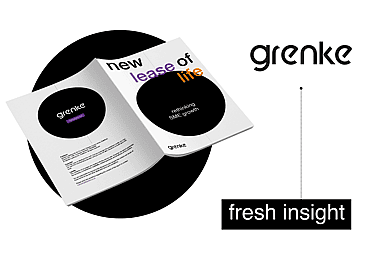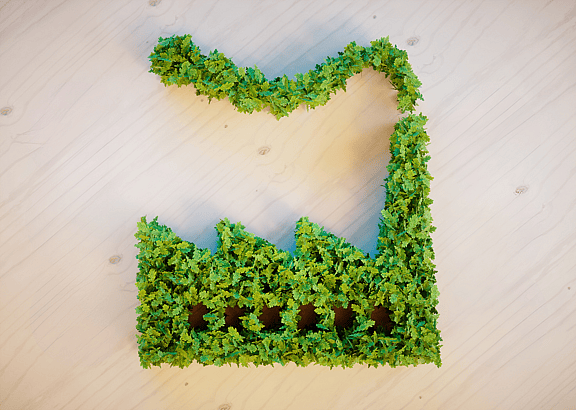As the UK Sustainability Disclosure Requirements (SDR) comes into effect, businesses are under increasing pressure to understand what impact they are having on the environment, from direct emissions to the impact of your suppliers and partners.
But economic pressures can make it hard to juggle these priorities. Planning for the future – even those crucial sustainability investments – can be tricky to focus on when you have your bottom line to consider.
And this is particularly true in industries such as manufacturing, where traditional methods clash with modern sustainability goals. Often, it comes down to choosing one or the other - sustainability, or cost-effectiveness.
But what if there was a way to do both?
The case for sustainable manufacturing
Sustainable manufacturing isn't just a trend. It's a strategic approach to building a greener future while ensuring long-term economic sustainability.
That’s behind the OECD’s definition of ‘green growth’: ensuring the development of your business is both environmentally and economically sustainable. Or in other words, finding the best of both worlds.
To achieve this, businesses should look to the circular economy to find ways to extend the lifecycle of their materials and products. On the one hand, this means prioritizing reusing, refurbishing, and recycling. But to make really impactful savings, businesses should also look to build the circular economy across their entire supply chain.
This comes down to reviewing where potential waste and inefficiency may lie in your business. Take a look at the assets that underpin your productivity. Are they working in the best way for you? Are they as efficient as they should be? Could they be upgraded to be more effective?
Asking these questions, and taking steps to answer them, doesn’t just make your business more productive. It also prevents costly breakdowns and reduces how often you’ll have to waste materials and parts to repair and replace assets.
Asset Financing can help you reach this more efficient circular economy. It gives you access to the latest equipment, with upgrades and support services built in. With a more manageable finance system, you can gain access to the crucial efficiencies that make all the difference.
This means that green growth isn’t just a lofty theory – it’s a real and achievable process for your business, with an impact for both your sustainability and bottom line.
Injecting innovation into your business
From electric-powered fleets to autonomous mobile robots, the future of business is well and truly here. But these investments can come at a hefty price tag – so how you acquire your equipment matters.
What’s important here is that making sustainable progress doesn’t necessarily mean transforming your business with future tech, or a complete overhaul of your infrastructure. Instead, small but regular upgrades and improvements to your ways of working can make a crucial difference without the burden of hefty capital expenditure.
That’s another way that Leasing can help. By splitting your investment in equipment into manageable monthly payments, you can get the Assets you need on the budget you can manage.
What these upgrades look like is up to you. New electric-powered fleets, more advanced waste recyclers, and even better signage to encourage your employees to save energy and water can all work together to have a big sustainable impact.
And in fact, they can even boost your revenue. In our report, ‘Lease for Life’, we found that the manufacturing sector in particular is using Leasing to secure substantial growth. In fact, it’s responsible for a £328 million contribution to Gross Value Added each year.
The key is that you keep up the momentum on these investments to ensure you’re pushing your business towards its sustainability goals – without compromising your growth.
A balance for the future
Sustainable progress is a big responsibility. But the good news is that it’s one that is shared across the business world. 98% of CEOs believe it is their role to make their businesses more sustainable, according to Accenture.
Now isn’t the time to put your head in the sand. Partners can help you tackle your goals in manageable and effective increments. At grenke, we have over 30 years of experience identifying and implementing Leasing solutions.
It means that we understand that every business is different, and that achieving your specific sustainability aims requires a tailored approach.
So whether that’s implementing a circular economy or upgrading your assets, speak to us today about how Leasing can help you boost your sustainability efforts.


